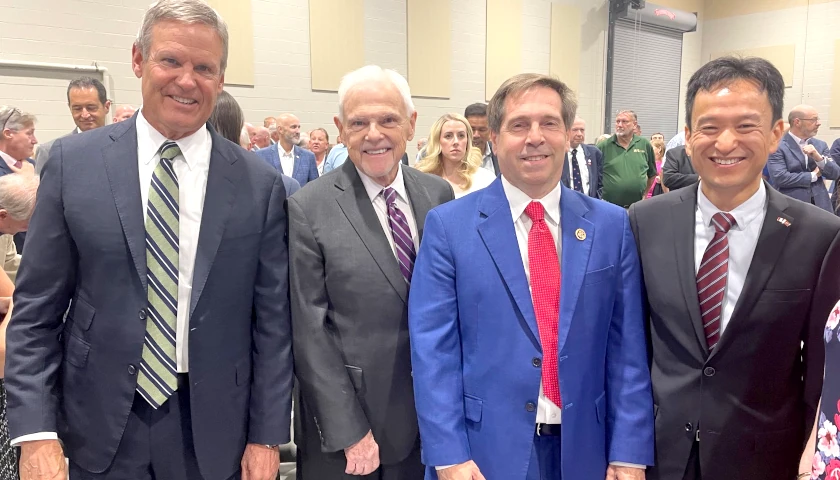Tennessee Gov. Bill Lee announced college projects receiving $25 million in funding through the Governor’s Investment in Vocational Education (GIVE) program.
GIVE prioritizes learning opportunities in rural counties and enhances career and technical education statewide.
A list of the colleges receiving the funds is available here with the governor’s press release.
“We are proud to work with the General Assembly to pass the GIVE initiative and expand career and technical education for Tennessee students,” said Lee. “These funds directly support our workforce development efforts in distressed and at-risk counties and are a key component of our strategy to prioritize rural Tennessee.”
The Tennessee Star in February reported when Lee first announced the GIVE program. U.S. Rep. Steve Cohen (D-TN-09) was not a fan of the plan to expand high school vocational offerings using lottery proceeds.
Cohen said in a press release, “Vocational and technical education are areas in which Tennessee lags and they can help open job opportunities. But the people of Tennessee voted in 2002 for a Georgia-like HOPE Scholarship program that rewarded the more meritorious and the more needy. That is what scholarships should do: aim at merit and need. I ‘hope’ someone will recall that and increase HOPE and Aspire Award scholarships.”
Lee’s press release said that earlier this year, the General Assembly approved $25 million in his budget to incentivize collaboration at the local level among stakeholders such as higher education institutions, K-12 and economic development partners.
The award process began in June when the Tennessee Higher Education Commission issued a competitive Request for Proposals (RFP). Each proposal was required to show local data that clearly identified both workforce needs and a sustainable plan utilizing equipment, work-based learning experiences, or recognized industry certifications to increase the state’s competitiveness and postsecondary attainment goals.
The program prioritized economically distressed and at-risk counties in the RFP process. The 28 funded projects will serve all economically distressed counties and 18 of the 24 at-risk counties.
The Appalachian Regional Commission index of economic status categorizes counties as at-risk or distressed based upon their three-year average unemployment rate, per capita market income, and poverty rates. Distressed counties rank among the 10% most economically distressed in the nation while at-risk counties rank between the bottom 10% and 25% of the nation’s counties.
– – –
Jason M. Reynolds has more than 20 years’ experience as a journalist at outlets of all sizes.
Photo “Shop Class” by the US Department of Education. CC BY 2.0.





